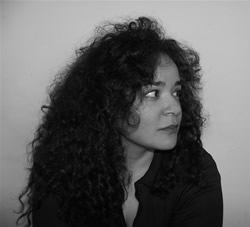In the midst of the North Carolina Symphony‘s “Season of Celebration,” German conductor Christian Reif made his NC debut with a program of 20th century American music. Barber, McKay, Copland, Bernstein – each composer’s music shows how American classical music took on its own style from European trends. The program overall had a unique balance of obscure and well-loved music; a lesser-performed Copland symphony was followed by Bernstein’s iconic West Side Story.
Before this contrast, the concert opened with Samuel Barber’s Overture to The School for Scandal, a short work meant to encapsulate the 1777 play of the same title. One of Barber’s earliest works (in fact, his first finished work for full orchestra), it is a hodgepodge of themes and textures, made all the more chaotic due to the work’s brevity. These sudden, harsh changes were beautifully articulated in Reif’s left hand especially. In the middle, chaos dissipated into an oboe solo floating over gorgeous, chordal strings (Barber’s specialty) –a brief moment of respite from tonal turmoil.
Notably, this lovely oboe texture appeared again in the second movement of McKay’s Violin Concerto, helmed by long-time NCS concertmaster Brian Reagin. Before this slow movement, however, was a fiery extended cadenza with liberal use of dissonance and ominous orchestral interjections. The first movement especially served as a vehicle for Reagin’s virtuosity, with rapid passages even in slower sections of the music (and a lot of these performed completely without orchestra). The second movement, with its improvisatory oboe and flute duet, was interrupted without pause (another sticky transition for Reif and the NCS to navigate) by the driving, adventurous third movement.
According to Reif, in his introduction, this performance of Copland’s Symphony No. 2 was the first time that many of the NC Symphony members had ever performed it. Indeed, it doesn’t have all the famous melodies of Appalachian Spring (having been composed ten years earlier), but there are things to latch on to despite the episodic texture. In general, the NC Symphony’s woodwinds seemed to be the star here, connecting movements and providing sprightly, never tiring articulation.
For the Symphonic Dances from West Side Story, a distillation of dance numbers from the beloved Broadway musical, expanded brass and percussion sections took the lead. Although not containing every dance from the musical, Bernstein provided a decent balance of jaunty, boisterous numbers and sweeping melodies that remind the listener that this is in fact a love story. This duplicity was handled very well by the orchestra, and the familiar melodies didn’t sound overdone.
It is notable that, throughout an extremely varied program, Reif’s premiere performance with NCS went quite well for his first time with these musicians, and he and the NC Symphony received a standing ovation for their music.
This program will be repeated on Nov. 23. See the sidebar for details.












